
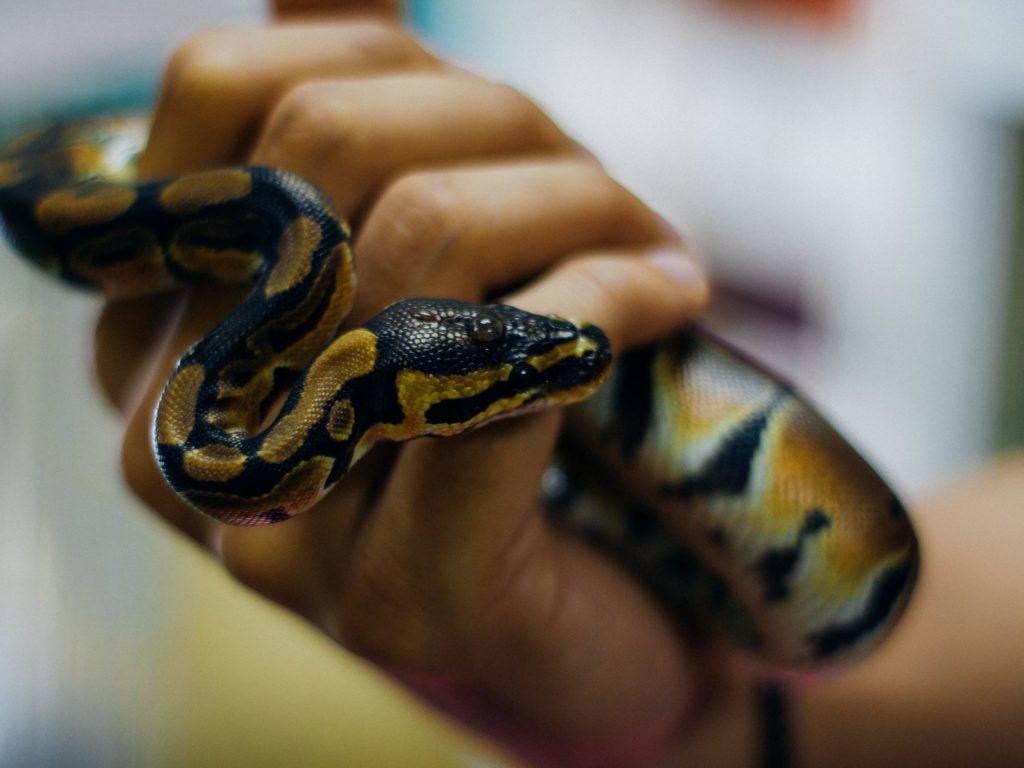
Inside our weekly pet feature with the Jamaica Society for the Prevention of Cruelty to Animals (JSPCA), our focus today is a rather unique animal, the snake.
These elongated, limbless and carnivorous creatures, are often feared, but for the right person, snakes can make a great pet, and just like any other pet, can bring joy and companionship to its owner.
Speaking with Dr Victoria Hurge from the JSPCA, she shared that although there are not many snake owners in Jamaica, the few that do own them, are able to have them as companions for up to 20 years and unlike the typical dog or cat, they require a relatively low maintenance.
What do I need to know before getting a snake?

Hurge explained that, when getting a snake, it is important to replicate their natural environment as closely as possible, to ensure they are happy and free from stress. Natural habitats include marshes, fields, meadows, deserts, etc.
Given that snakes are cold-blooded creatures, temperature for them is of vital importance. In order to to obtain and digest food, excrete waste, and maintain respiration and circulation, snakes rely on chemical reactions in their muscles. At cold temperatures, however, these reactions are slow and at warm temperatures they are fast.
What should my snake’s environment look like?
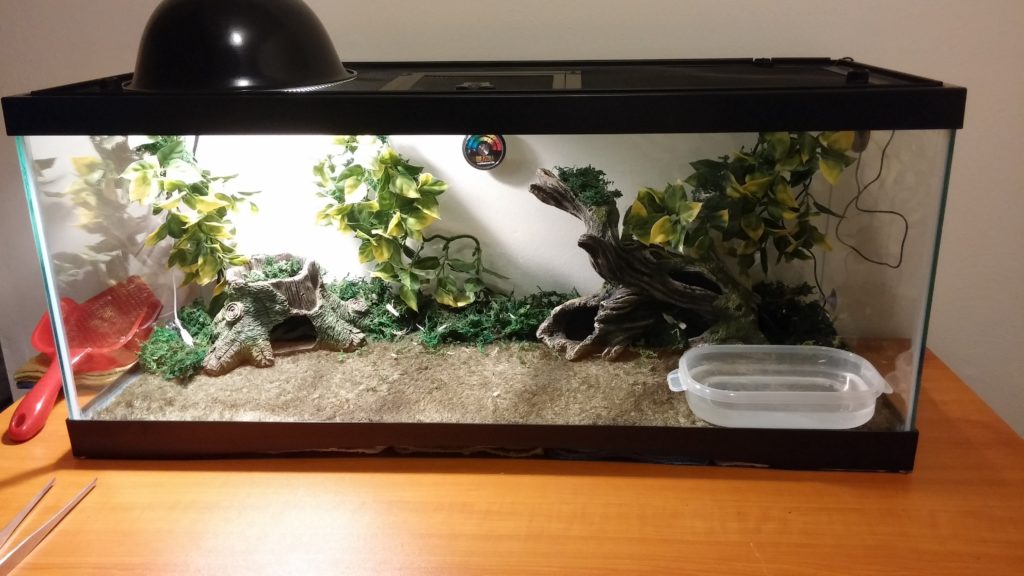
“A glass aquarium with a locked screen cover is an ideal enclosure for a snake. They will retain heat, [the enclosure] encourages maximal visibility to you and provides adequate ventilation,” Hurge explained.
Hurge listed several requirements for the enclosure which include having adequate room for the snake to move around, should be easy to clean, provide proper ventilation, free of sharp of point edges and house a hide box which has been known to reduce stress and increase lifespan.
In addition to this, the vet stated that the environment should contain substrates/bedding such as newspaper which is not only inexpensive, but non-toxic.
“Some wood shavings such as cedar contain aromatic oils that can irritate the snake’s respiratory tract,” she shared.
Snakes must also have proper lighting which can be provided with a UV-B bulb (2%) for 4-8 hours per day. These bulbs should be changed every six months. She also advised including a water bowl for soaking purposes, as it assists with staying hydrated and shedding. Some owers tend use one container for drinking and soaking purposes. Larger water bowls are able to keep humidity levels within normal ranges in the enclosure.
Hurge added that temperature variation can be utilised and achieved through “strategic placement of an under aquarium heating pad and incandescent reptile fixture with a spot light or ceramic heater and place the hiding place in a cooler corner for your snake can regulate his temperature”.
How should the meal plan look for my snake?
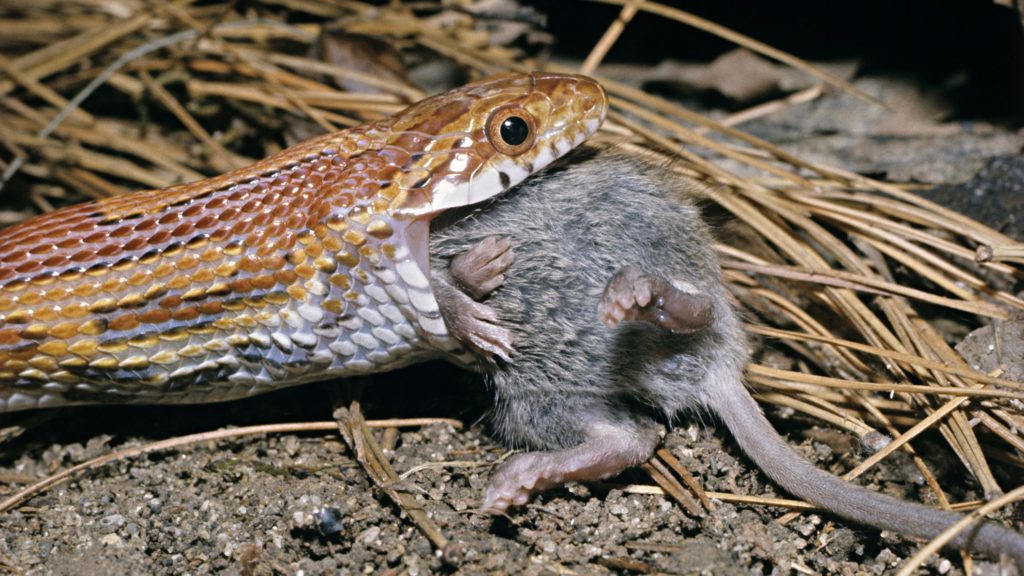
The age and specie of the snake will determine the type and frequency of feed. Interestingly, snakes should be fed once every 1-2 weeks.
“A rule of thumb is to never feed a prey item that is much larger than the thicket point of the snake’s body,” Hurge stated.
Snakes are obligate carnivores and are typically fed rats, mice, chicks, fish, eggs and red worms. Red worms with frozen rats and mice are the most common types of prey food. Frozen rats must be thawed before given to snakes.
As with most animals, snakes should be given clean water to drink. If the snake defects the bowl (soak in the water), the water should be changed immediately, otherwise every 1-3 days.
Ideally, a heavy shallow dish with fresh water is important for drinking and soaking.
Chocolate, ice-cream, cake and any non-meat foods are not recommended for snakes especially since they are carnivores. Live preys, especially rats can bite, scratch or cause severe damage resulting in death and should not be fed to snakes. If you decide to feed your pet snake a live prey, it should not be unsupervised.
What are some common illnesses among snakes?
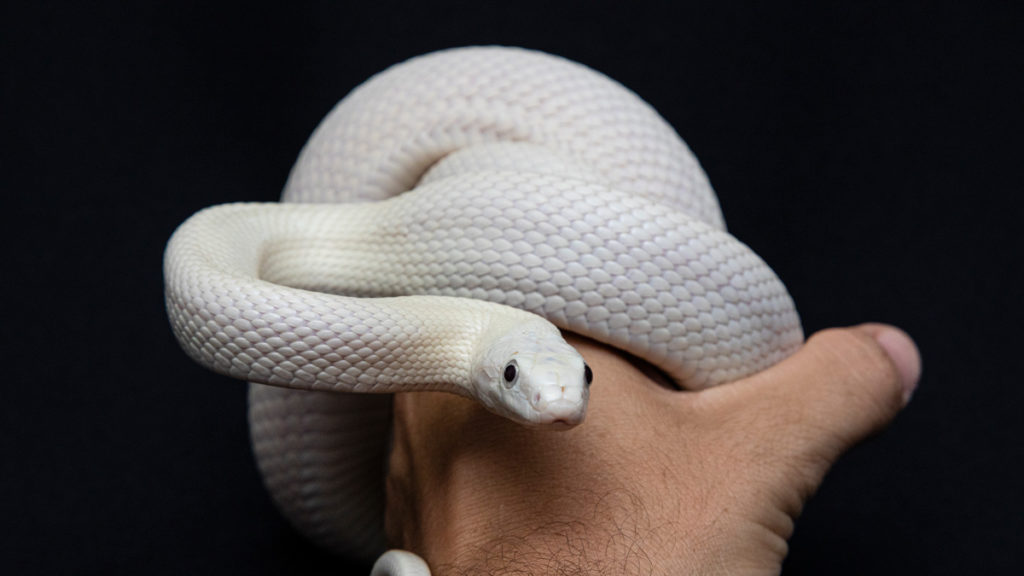
Common illnesses among snakes include Infectious Stomatitis ‘mouth rot’, Internal and External Parasites, Dermatitis “Skin infection”.
Infectious Stomatitis (mouth rot) – this is an infection of the mouth which in severe cases can cause open mouth breathing and prevent the snake from eating. This, normally a secondary injury, can be caused by a wound to the mouth or husbandry issues such as poor nutrition, improper environmental temperature or humidity, or overcrowding.
Internal parasites (various worms and coccidia) and External parasites (ticks and mites) – these do not often show through obvious signs, but are usually detected on through an annual physical examination and fecal tests. They may cause however, diarrhea, breathing difficulties, regurgitation, itching, skin irritation, anemia,” Hurge explained.
Dermatitis (skin infection) – moist or dirty environments can attribute to dermatitis. Snakes tend to have red, inflamed skin with numerous lesions that may be on the underside of the snake making them easy to miss.
“These lesions may become infected if prompt treatment is not done it can progress to severe skin damage, septicemia and death,” she stated.
How often should I bring my snake to the Vet for a checkup?
Like other animals, it is recommended that snakes receive regular veterinary care. Hurge said that a complete physical examination is recommended every 6-12 weeks. She added that if owners have any concerns about their pet’s healthcare, they should speak to their vet.
Are there any common misconceptions about snakes?
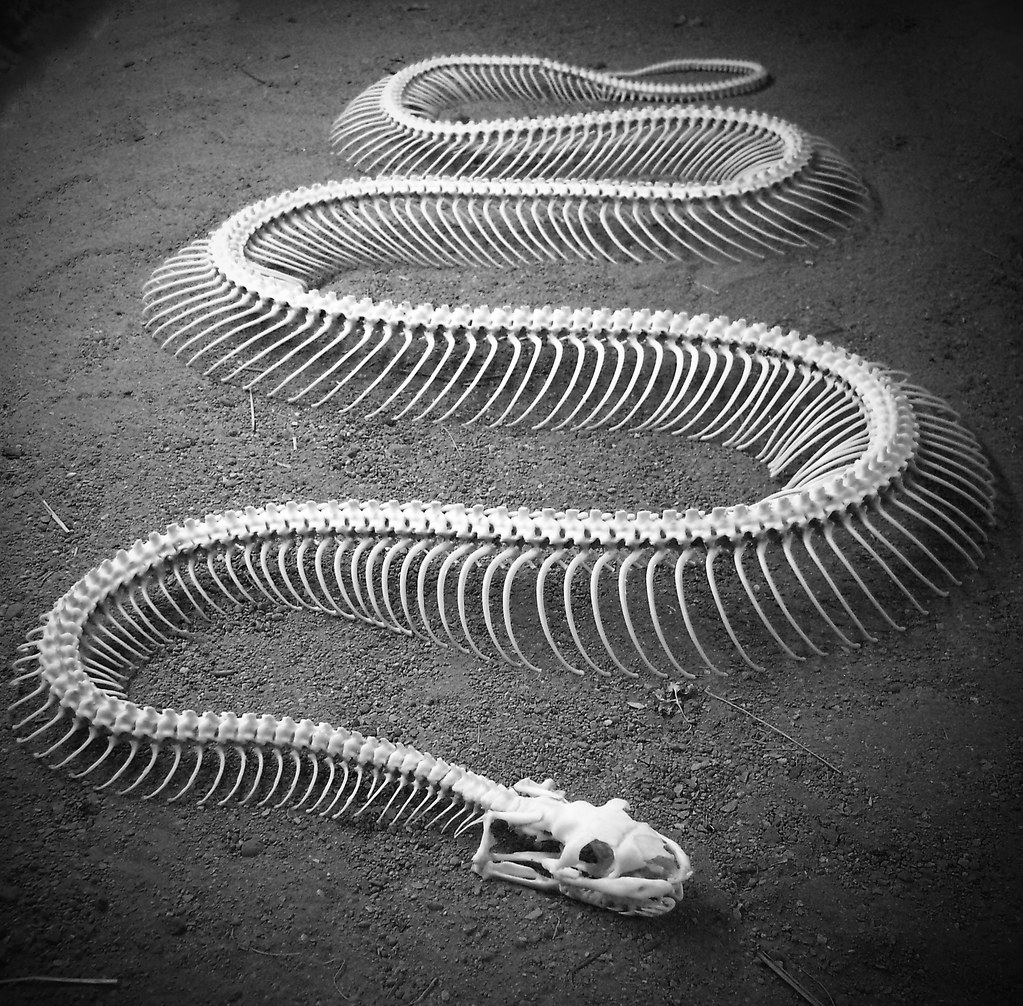
Snakes are very dangerous to people – this may be true if snakes are venomous but non-venomous snakes according to Hurge are actually safer pets than dogs, in the sense that if a dog bites you it would leave more damage than a non-venomous snake.
Snakes have no bones – snakes are actually vertebrates which means they have backbones. Snakes also have a jawbone, skull and ten times as many ribs as humans.
Snakes are slimy – snakes are not slimy, in fact they have either dry or smooth skin.
JSPCA

Working in Jamaica for over 100 years, the JSPCA’s main mission is to promote the compassionate treatment of animals through education, advocacy, veterinary care and the placing of unwanted animals in loving homes. Services offered at the JSPCA include pet adoption, animal shelter, surgeries and animal rescue.
- Dr. Victoria Hurge, is a vet at the JSPCA. Graduating from the University of the West Indies, St. Augustine Campus, she enjoys all aspects of veterinary medicine and currently works mostly in small animal medicine.







Comments